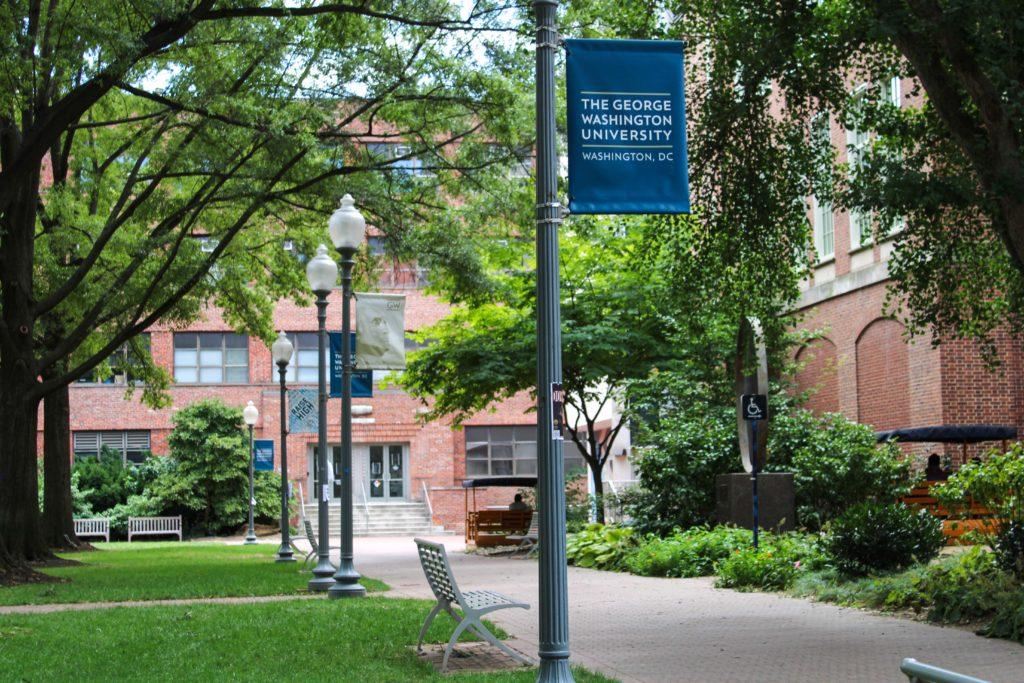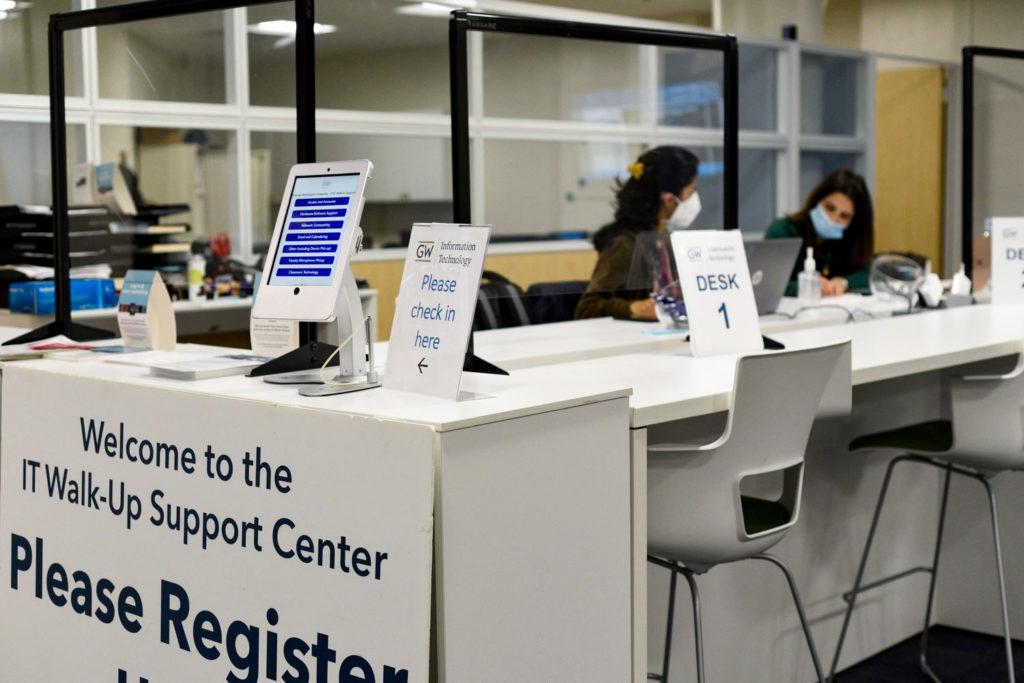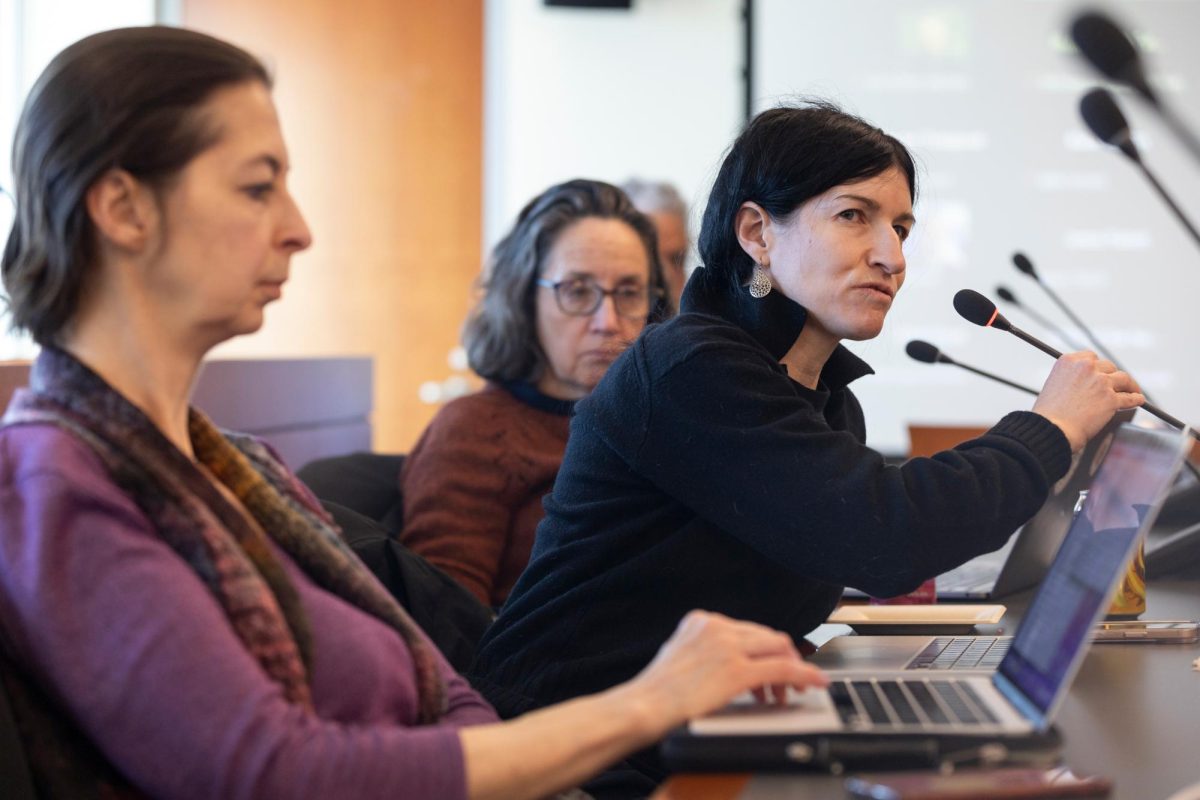Experts in higher education said GW’s continued rise in national university rankings don’t reflect the University’s appeal compared to other institutions, even if the rankings attract more applicants and media attention.
GW rose in two of the nation’s top college and university rankings this month, first jumping 10 spots in Forbes’s “America’s Top Colleges” list to No. 61 before climbing one spot to No. 62 in the annual U.S. News and World Report rankings. Higher education experts said although GW can market its rankings to potential applicants and donors, they fail to take into account many key factors to the college selection process that the University considers some of its top strengths, like locally available professional opportunities and types of academic programming.
Provost Chris Bracey said GW’s rise in the national rankings is a direct result of the research and academic performance of the University’s faculty and students during the past few years.
“The University’s steadfast commitment to transforming the world through excellence in education, research and patient care remains our top priority,” Bracey said in a release earlier this month. “Our advancement in this year’s rankings is a testament to the dedicated, innovative work of our entire University community in fulfilling our academic mission.”
University spokesperson Tim Pierce declined to say how officials will try to continue GW’s rise in national rankings or how accurate they feel rankings reflect academic performance. He also declined to say how the rankings will play into University strategic planning or the ongoing search for a permanent University president.
Experts in higher education administration said rankings of colleges and universities – like those published in U.S. News and Forbes rankings – often don’t accurately represent the students who attend a certain institution, failing to weigh the size of the student population or their economic benefit to local communities, which can be major influences of college selection.
Alumnus Adam McCready, an assistant professor-in-residence of higher education and student affairs at the University of Connecticut Neag School of Education, said ranking larger private urban schools like GW alongside rural public schools doesn’t reflect the difference between the academic talent of students on those campuses. He said the needs and interests of students at different types of institutions vary widely – like future aspirations, class size or the number of other students enrolled on campus – but that doesn’t always come across in national rankings as much as alumni salaries, retention rate and investment return.
Forbes’ list ranks GW alongside New York University with 29,000 undergraduate students and Trinity College in Connecticut, which has 2,500 undergraduates. U.S. News tied GW with three other institutions, Syracuse University, Virginia Tech – which have populations close to that of the University – and the University of Minnesota, Twin Cities, which has a student population almost double that of GW.
“I would argue that student learning is probably the most important thing, and I don’t think the rankings themselves really get candidly at student learning or what outcomes the institutions themselves are producing for students during their undergraduate experiences,” he said.
U.S. News ranked 10 out of the University’s 12 peer schools higher than GW, only leaving Syracuse University and the University of Pittsburgh tied with the University. Forbes ranked GW in the middle of its 12 peers but behind institutions like the University of Southern California and Boston University, which ranks at No. 21 and No. 54, respectively.
McCready, who graduated from the University in 2002, said GW officials have a history of pursuing higher rankings as a way to market the University to current and prospective students through projects like recruiting top faculty and creating new academic programs, which can come at the expense of lower levels of financial aid and assistance to students.
“My freshman year at GW was the first time GW had ever been ranked in the top 50, and I remember when President Trachtenberg had pins and stickers given out at the first week of school, saying ‘We’re Top 50,’” he said. “So I think GW has definitely been an institution that has been very focused on rankings.”
McCready said many higher education experts don’t rely on either the U.S. News or Forbes lists to assess colleges and universities because comparing different institutions in varying environments with different sizes of student bodies doesn’t give people a good picture of academic prestige or the industry at large. He said higher education officials often use their rankings for “prestige signaling” by the institutions themselves to either compare their programs to other universities or to use in marketing.
“I also think that trying to compare ‘apples and oranges’ again, how different U.S. institutions are, is kind of fraud to begin with,” he said. “And so, this process of trying to identify who’s number one is really challenging.”
Guillermo Ortega, an assistant professor of higher education at Idaho State University, said rankings don’t necessarily take into account factors like location and campus size, which play a large role in picking what institution to apply to.
U.S. News relies on graduation and retention rates, available financial resources, average alumni donation rates, social mobility, graduate rate performance, undergraduate academic reputation and student selectiveness to rank schools. Forbes determines university rankings based on metrics like alumni salaries, debt, graduation rates, return on investment, retention rate, academic success and the number of people that make Forbes’s American Leaders List like the Forbes 30 under 30.
“You’ve got to look at what resources that institution has to begin with, how are they providing for the state and local community – state schools are very different than your research school – so again, these metrics kind of play a factor.”
U.S. News barred GW from its national university ranking in 2012 after officials admitted to inflating the percentage of students who were top high school applicants. But U.S. News added the University back to its list in 2013 after giving less consideration to the percentage of students who graduated in the top 10 percent of their high school class in rankings.
Columbia University, an Ivy League institution that has historically ranked in the top five spaces in U.S. News’s ranking, fell 16 spots in this year’s list to No. 18 after one of its professors accused Columbia officials of submitting misleading or incorrect data.
“I think there have been some cases where a very prestigious institution has had some trouble with their rankings, and I believe there was a year where they weren’t ranked,” he said. “Again, I don’t think it impacted the applications coming in, but just media attention kind of brought a lot of flux to it.”
Ianne Salvosa contributed reporting.








